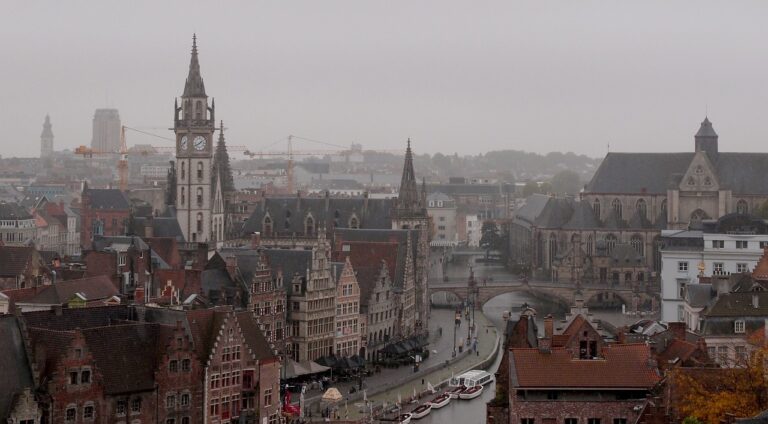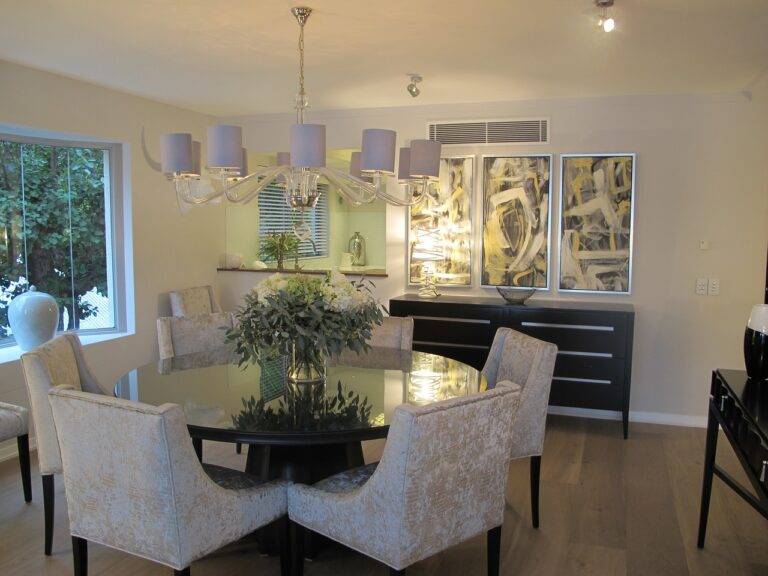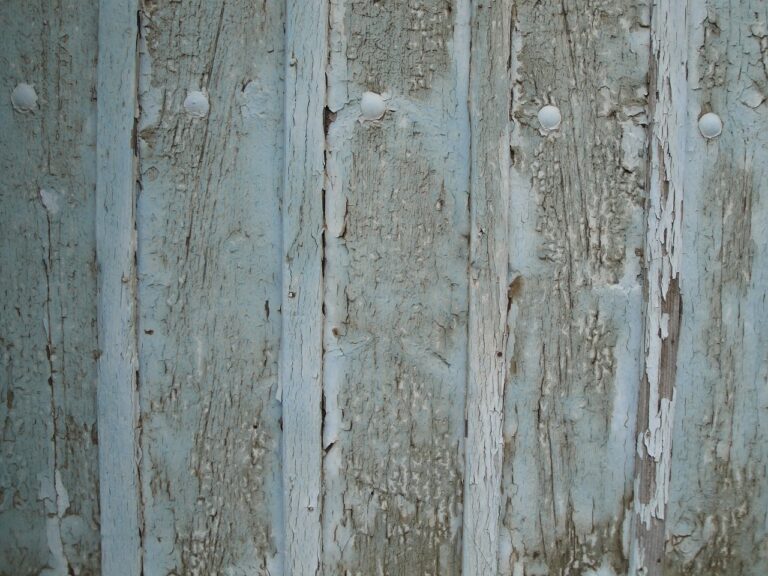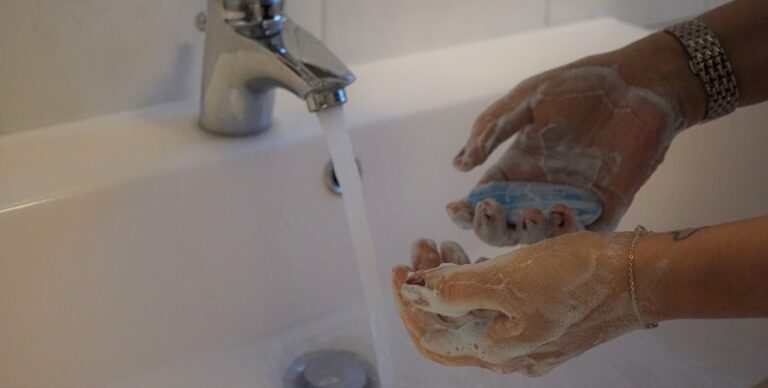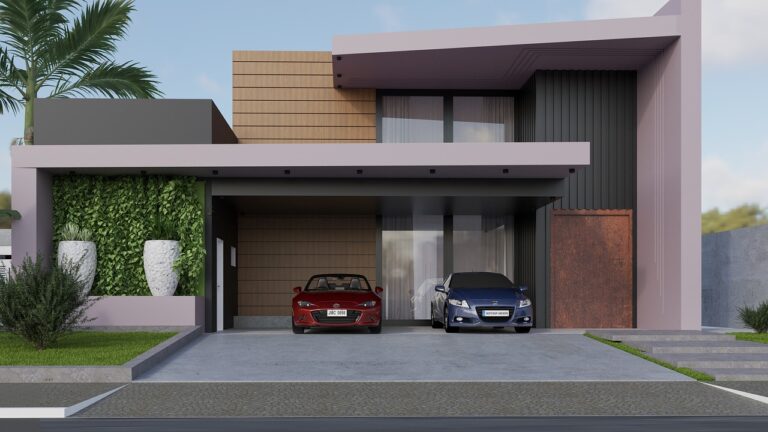Sustainable Cooling Solutions for Outdoor Spaces: Tigerexchange247, Golden 77, Sky99exch
tigerexchange247, golden 77, sky99exch: With the summer heat in full swing, finding sustainable cooling solutions for outdoor spaces has become a top priority for many individuals and businesses. Whether you’re hosting a backyard barbecue, running an outdoor event, or simply looking to relax on your patio, it’s essential to stay cool and comfortable while minimizing your environmental impact. In this blog post, we’ll explore some eco-friendly ways to keep outdoor spaces cool and enjoyable without relying on energy-intensive air conditioning.
1. Planting Shade Trees
One of the simplest and most effective ways to cool outdoor spaces is by strategically planting shade trees. Trees provide natural shade, reducing the amount of direct sunlight that reaches the ground and lowering ambient temperatures. Consider planting trees that provide dense foliage and can withstand the local climate. Not only will they enhance the aesthetics of your outdoor space, but they will also help cool the surrounding area in a sustainable way.
2. Installing a Green Roof
If you have a flat roof or a structure with a rooftop area, consider installing a green roof. Green roofs are covered with vegetation, which helps insulate the building below and reduce heat absorption. They can significantly lower indoor and outdoor temperatures, creating a more comfortable environment without the need for additional cooling systems. Green roofs also provide habitat for birds and insects, contributing to biodiversity conservation.
3. Using Natural Materials
When designing or renovating outdoor spaces, opt for natural materials that have thermal properties conducive to cooling. Materials like stone, clay, and wood have high thermal mass, meaning they can absorb and release heat slowly, helping to regulate temperatures naturally. Avoid materials like concrete and metal, which can retain heat and contribute to the urban heat island effect.
4. Incorporating Water Features
Water features such as fountains, ponds, and misting systems can provide instant relief from the heat while adding a soothing element to outdoor spaces. The evaporation of water helps cool the surrounding air, creating a microclimate that feels cooler and more comfortable. Consider incorporating water features into your outdoor design to enhance both aesthetics and functionality.
5. Using Solar-Powered Fans and Air Coolers
For a sustainable cooling solution, consider investing in solar-powered fans and air coolers. These devices harness the power of the sun to provide ventilation and evaporative cooling, reducing reliance on grid electricity. Solar fans and air coolers are portable, easy to set up, and cost-effective in the long run. They are ideal for outdoor events, camping trips, or any situation where traditional cooling systems are not feasible.
6. Creating Shaded Seating Areas
To maximize comfort in outdoor spaces, create shaded seating areas where people can relax and socialize without direct exposure to the sun. Install pergolas, umbrellas, or shade sails to provide overhead shade and block harmful UV rays. Add comfortable seating, cushions, and even outdoor fans to enhance the overall experience. Shaded seating areas encourage outdoor living and promote sustainability by reducing the need for indoor cooling.
FAQs:
Q: Are outdoor cooling systems energy-efficient?
A: Yes, many outdoor cooling systems, such as misting systems and solar-powered fans, are designed to be energy-efficient and environmentally friendly. They harness natural elements like water and sunlight to provide cooling without increasing electricity consumption.
Q: How can I maintain my green roof?
A: Green roofs require regular maintenance to ensure their longevity and effectiveness. Tasks such as weeding, watering, and inspecting for leaks should be carried out regularly. Consult with a professional green roof installer for specific maintenance guidelines.
Q: Can shade trees help reduce energy costs?
A: Yes, planting shade trees strategically around your property can help reduce energy costs by providing natural cooling. By shading your home or outdoor living spaces, trees can lower the demand for air conditioning and decrease energy consumption.
Q: What is the urban heat island effect?
A: The urban heat island effect refers to the phenomenon where urban areas experience higher temperatures than rural areas due to human activities and the concentration of buildings, roads, and infrastructure. Using sustainable cooling solutions can help mitigate the urban heat island effect and create more livable outdoor spaces.
In conclusion, sustainable cooling solutions for outdoor spaces are essential for staying comfortable during the hot summer months while reducing energy consumption and environmental impact. By incorporating elements like shade trees, green roofs, natural materials, water features, solar-powered devices, and shaded seating areas, you can create a cool and eco-friendly outdoor oasis. Embrace these ideas to enhance your outdoor experience while promoting sustainability.


